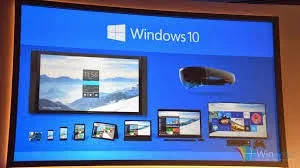Calif. Bill Aims To Limit Which Rx Drugs Are Listed in High-Cost Tiers
by: California Healthline, Thursday, February 19, 2015
California lawmakers are considering a bill (AB 339) that aims to keep prescription drug costs down by limiting which medications insurers can include in the highest-cost drug tier, Capital Public Radio's "KXJZ News" reports.
Details of Bill
AB 339, by Assembly member Richard Gordon (D-Los Altos), would prevent insurers from placing all of the prescription drugs to treat a certain condition in the highest-cost tier of a drug formulary.
According to Gordon, insurers often place high-cost medications into such specialty tiers, which forces patients to pay a larger share of the prescription drug's price. For example, Gordon explained that if "all of the HIV drugs are in a very expensive top-tier category, that would appear to be discriminatory" (Bartolone, "KXJZ News," Capital Public Radio, 2/18).
In addition, the bill would require:
- All health plans offered, renewed or amended after Jan. 1, 2016, that cover outpatient prescription drugs to offer coverage for medically necessary medications that do not have a therapeutic equivalent; and
- The California Department of Managed Health Care and Department of Insurance to define by Jan. 1, 2017, a "specialty prescription drug" category that would be subject to limitations (AB 339, 2/13).
Health Insurer Reaction
Nicole Kasabian Evans with the California Association of Health Plans said the bill could be misleading, noting that patients pay higher shares of specialty drugs because they often are very expensive.
She said, "Bills like this give a false sense that drug costs are going to be reduced, when in reality costs are just shifted from your out-of-pocket costs to premiums."
Health insurers also contend that out-of-pocket costs already are capped under the Affordable Care Act. They say a better way to address high prescription drug costs would be to have drugmakers be more transparent about how prices are set
("KXJZ News," Capital Public Radio, 2/18).
("KXJZ News," Capital Public Radio, 2/18).
Source: California Healthline, Thursday, February 19, 2015





